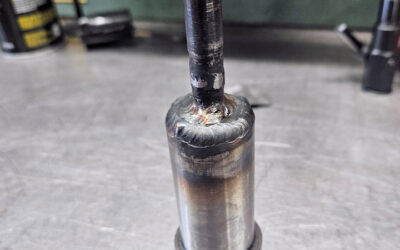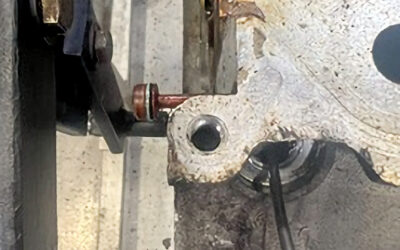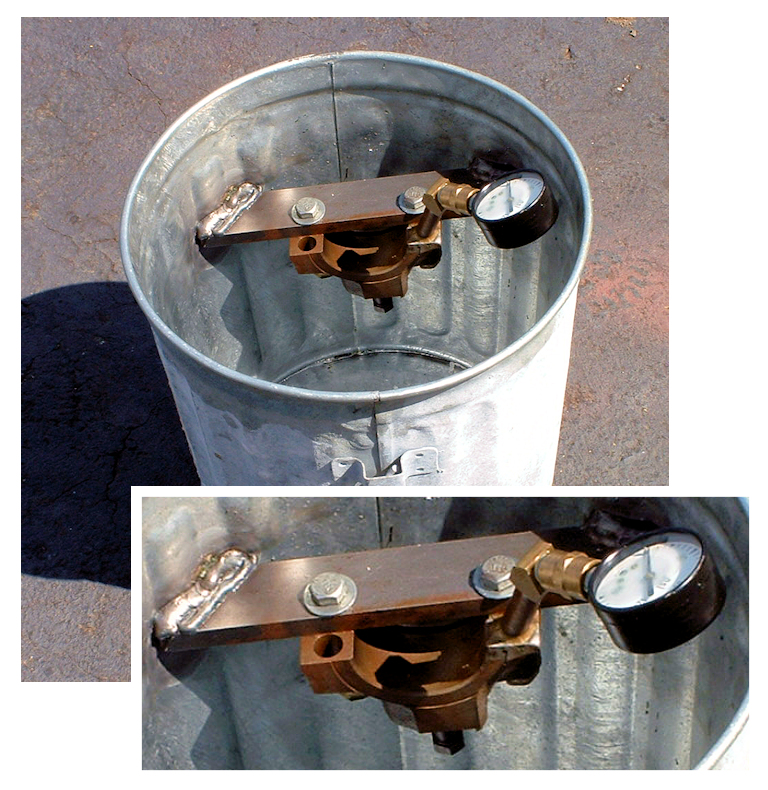CHOOSING THE RIGHT FILTER FOR BREAK-IN
Using an oil filter designed for racing may not be what you want when breaking in a new engine or new camshaft. These filters are designed to move more GPM, or Gallons Per Minute than a stock oil filter. To obtain this outcome they do not filter to as small a micron as a good production car oil filter. For example, one major filter manufacturer’s Chevrolet race oil filter has a flow rate of 28 GPM while designed to filter down to 61 microns. The same manufacturer’s production car filter will move 11 GPM while filtering down to 21 microns. This means it is able to remove particulate matter that cannot be seen by the human eye, which can see down to about 40 microns.- This is important because it’s what you can’t see that can hurt your engine. Remember, 32 microns is equal to one and a half thousandths of an inch (0.0015”). That means 61 microns is almost three thousandths of an inch. Larger than the clearance in most racing engines and much larger than the clearance inside a hydraulic lifter. If you’re thinking your big block Chevy is running .0035” clearance on the mains, so this is not a problem, remember that this clearance number is divided in half providing clearance on both sides of your rotating shaft. This means we may be talking about one thousandth or less on a typical rod journal. – So while larger particulate matter can’t get into clearance spaces and smaller particles flow right on through, clearance size particles are the ones that get stuck in the spaces between bearings and journals or between lifters and lifter bores. Think about this next time you’re doing your final cleaning. And when you read “Lint Free Cloth”, there is a reason they put this in there.
Engine Pro Technical Committee
With special thanks to Lake Speed Jr. and Driven Racing Oil
August, 2016




